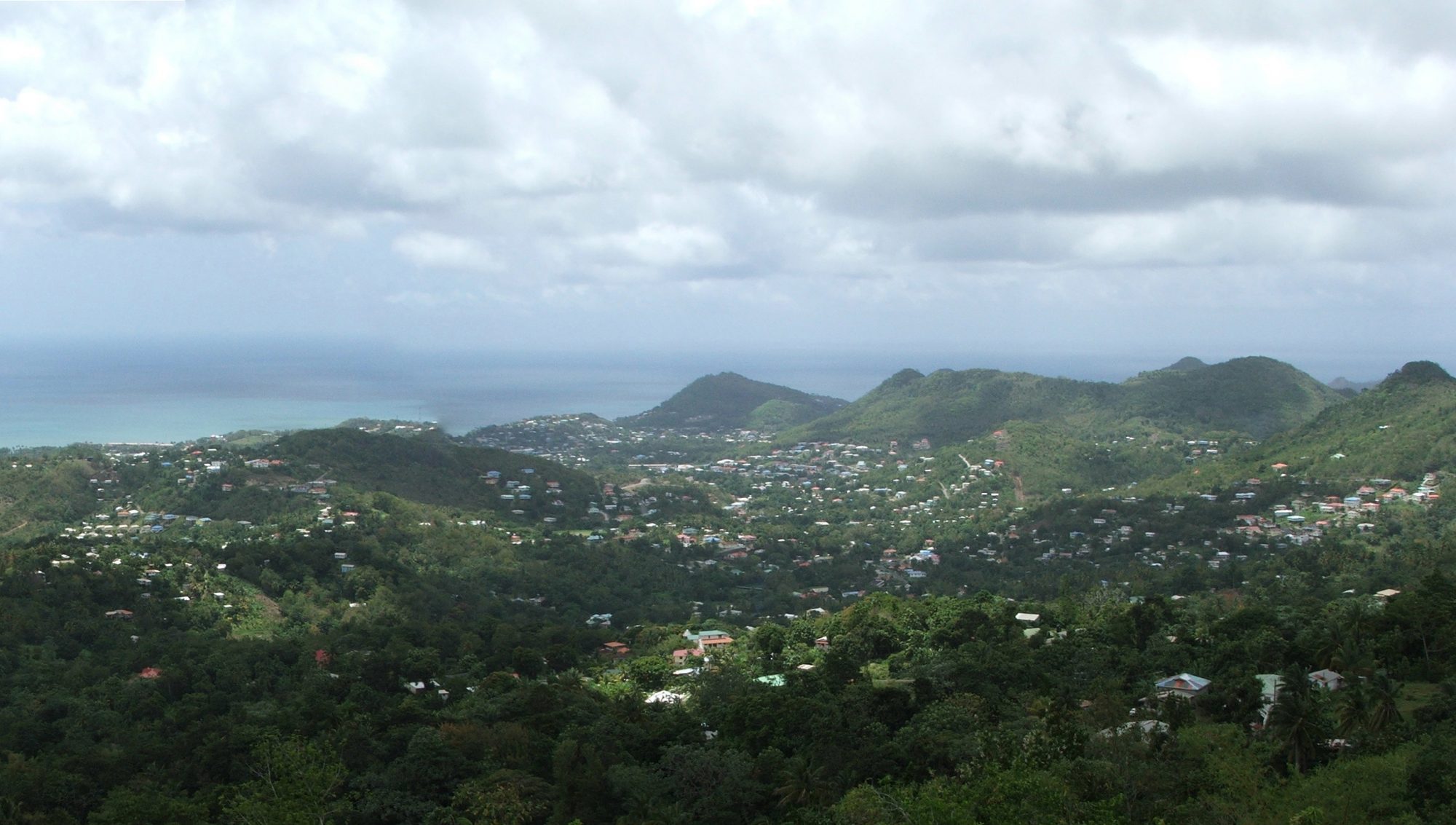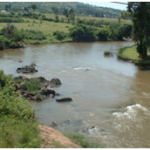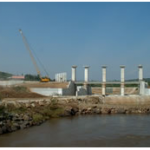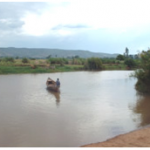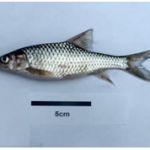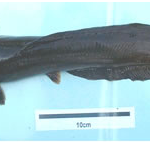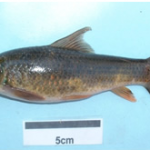Client: JICA
Fisheries Expert: Nick Willoughby
Time: 2002-2003
The River Sondu-Miriu (mean annual flow 40 cumecs) in Nyanza Province , Western Kenya , is the site for a run-of-the-river hydropower project, which when completed will generate a maximum of 60MW of power for the nearby town of Kisumu. Up to 40 cumecs of water will be taken from the river at the turbine intake, used to generate hydropower, and returned via an outlet channel to the main river bed some 14 km downstream. This will produce a ‘depleted zone’ in the river, which will have a reduced flow.
The project is funded by the Japanese Bank for International Co-operation, via a 5,620 million yen loan to Kenya Electricity Generation Co. Nippon Koei of Japan are the managing consultants.
Dr Nick Willoughby of theNRGroup was asked to investigate the fisheries and ecology of the river, as questions were being asked by local communities regarding the effects of the project on fisheries and up-river breeding migrations by key riverine species. The duties spanned 4 months over a 7 month period (Sept 2002-Mar2003).
Kenyan scientists from Maseno University and Kenya Marine Fisheries Research Institute were sub-contracted to assist with community perceptions of ecology and fisheries, and with electro-fishing studies respectively.
It was determined that the ecology of the area was much more impacted by the growth in the human population, than by any reduction in river flow which might occur when the project removes some of the water from the river channel for hydro-power generation. Hunting played little part in community life, and the area has not been important for mammalian wildlife for many decades, though the birdlife is still abundant and varied.
Fishing played an important role in the lifestyles of communities in the downstream part of the river (below the 20m high Odino Falls which occur in the ‘depleted zone’), but was much less important for people upstream of the Falls. Most fishing in the downstream area took place during the flood season as fish migrated upriver to spawn. Hydropower plant operations would have no effects on these flood season fisheries. No key species ascended Odino Falls , so the effects of a further barrier (the intake weir of 2.5m is 7km above the Falls) would be insignificant.
Electro-fishing studies showed that species abundance was 3 times as great below the Falls as above them, and that biomass levels were 2-3 times greater below the Falls than above. Overall biomass levels were low, with the relatively rich downstream section of the river still only maintaining 50kg/ha standing stock.
Community requests to enhance the up-stream fishery have been addressed by catching and transferring some 350 specimens of two valued river species (one largeLabeo and one large Barbus) from below Odino Falls to near the hydropower intake at the start of the depleted river section. Monitoring of these transfers is necessary.
